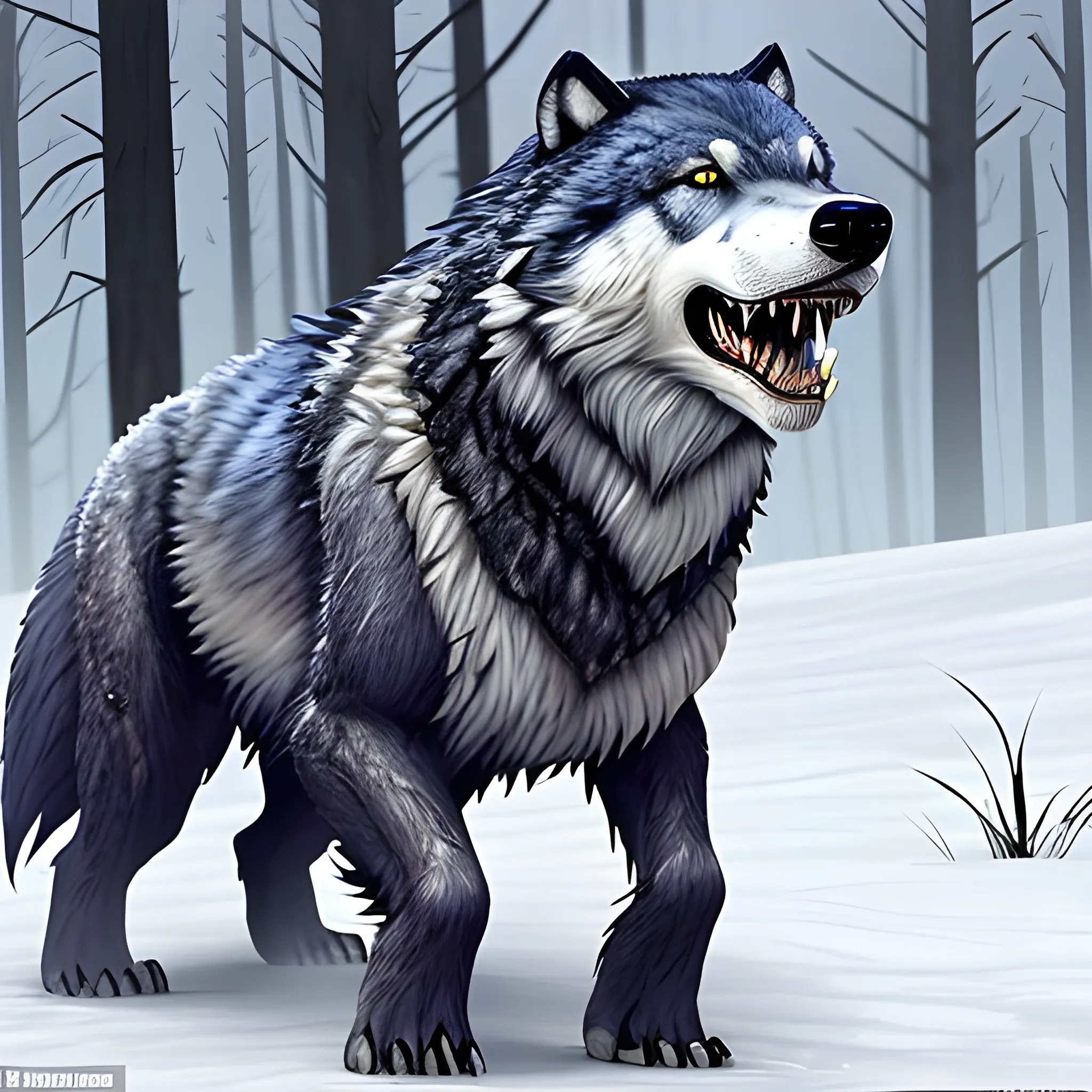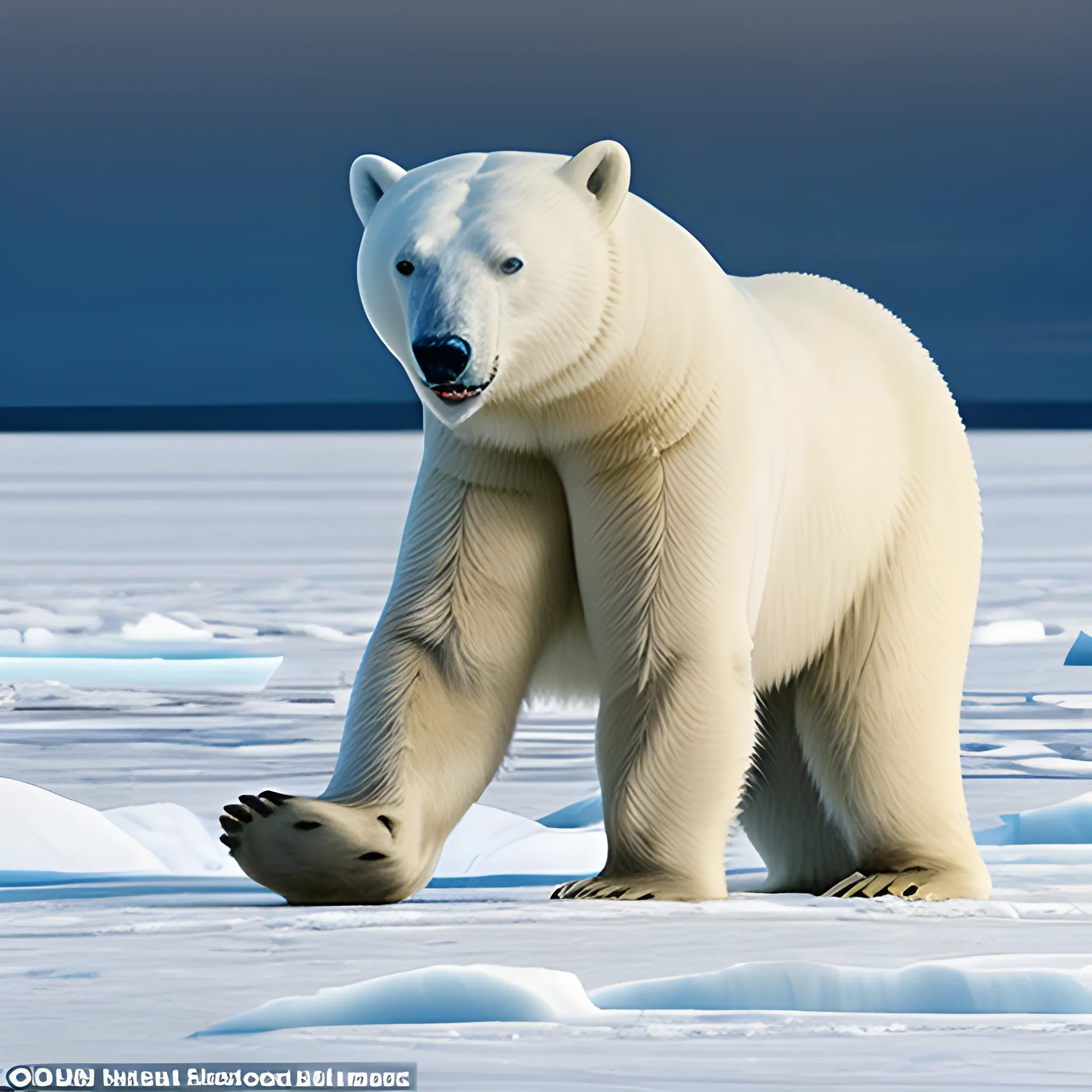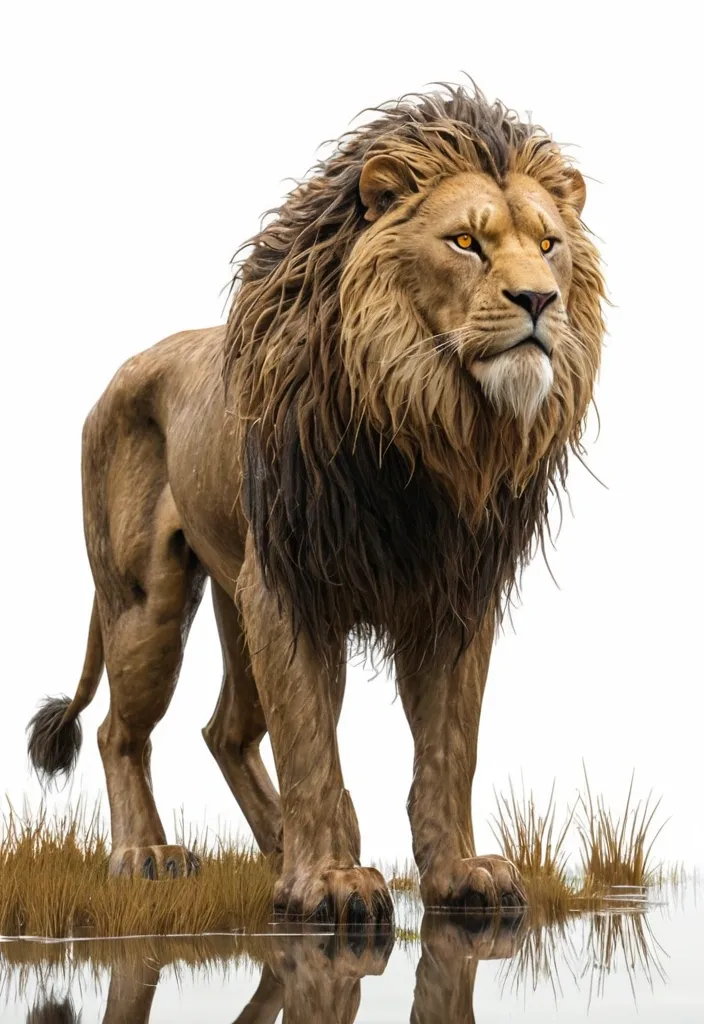Search Results for powerful limbs
Explore AI generated designs, images, art and prompts by top community artists and designers.

Appearance: The dire wolf is a massive and fearsome creature , closely related to the regular wolf but significantly larger and more imposing. It stands at around 4 to 5 feet tall at the shoulder and can weigh up to 800 pounds or more , dwarfing its smaller cousins. Its fur coat is thick and usually ranges in color from gray to black , providing excellent camouflage in various environments. The dire wolf's powerful jaws and sharp teeth make it a formidable predator in the wild. Features: The dire wolf shares many features with regular wolves but possesses even more enhanced physical capabilities. Its heightened strength , speed , and endurance make it a top-tier predator , capable of taking down large prey with ease. The dire wolf's large , muscular build and powerful limbs give it the advantage of overwhelming its opponents in combat. Habitat: Dire wolves tend to inhabit the wildest and most remote regions of your DND world , far away from civilization. They can be found in dense forests , icy tundras , and even rugged mountainous terrain. As apex predators , they rule over their territories and command respect from other creatures in their domain. Behavior: Like their smaller counterparts , dire wolves are social creatures that often form packs to hunt and survive. They exhibit strong loyalty to their packmates , and the alpha pair leads the group with a mix of intelligence and ferocity. Dire wolves are skilled hunters and work together to bring down formidable prey , such as large mammals and even other monstrous creatures. ,

Appearance: The polar bear is an imposing and majestic creature that roams the icy , frozen expanses of the polar regions. Its most distinctive feature is its dense , white fur , which provides excellent camouflage against the snow and ice. Polar bears have black skin , which helps them absorb and retain heat from the sun. This unique adaptation helps them survive in the frigid temperatures of their habitat. Adult polar bears can reach heights of 8 to 10 feet when on their hind legs and can weigh anywhere from 900 to 1 , 600 pounds , making them one of the largest bear species. Features: Polar bears have a streamlined body shape and powerful limbs that make them excellent swimmers. Their large paws are equipped with sharp claws , which aid them in catching prey and providing traction on ice. Their keen sense of smell allows them to detect seals , their primary food source , from great distances. Their jaws are incredibly strong , allowing them to crush through thick ice to access breathing holes of seals. Habitat: Polar bears are uniquely adapted to live in the Arctic regions , where they inhabit ice floes , coastlines , and pack ice. In your DND world , they might roam the frozen wastelands , guarding their territory and hunting for seals and other Arctic creatures. Behavior: Polar bears are solitary animals and are well-adapted to the harsh conditions of the Arctic. They are opportunistic predators , mainly preying on seals , but they may also scavenge on carcasses and eat vegetation if necessary. Polar bears are excellent swimmers and can travel long distances over ice and open water in search of food. Role in the World: In your DND world , polar bears might symbolize the resilience and adaptability of life in extreme environments. They could be revered by Arctic-dwelling tribes or seen as protectors of the icy wilderness. Druids and rangers with a connection to the Arctic might find a spiritual affinity with polar bears. Encountering a polar bear in the Arctic could be a rare and awe-inspiring sight for adventurers. Due to their remote habitat , polar bear encounters might be infrequent but incredibly memorable. In your campaign , adventurers might have opportunities to observe polar bears from a distance , engage in non-combat interactions , or witness their powerful hunting prowess. However , as with any wild predator , provoking or engaging in combat with a polar bear would be a dangerous endeavor , as they are incredibly strong and capable predators. ,
